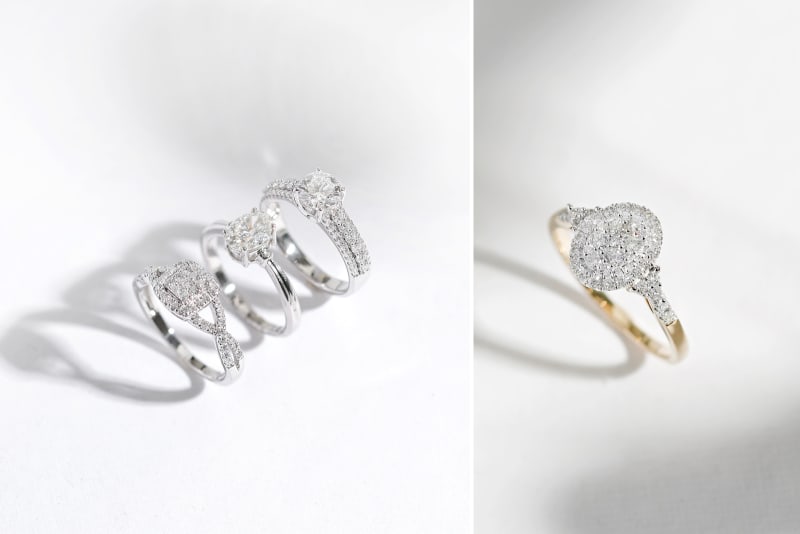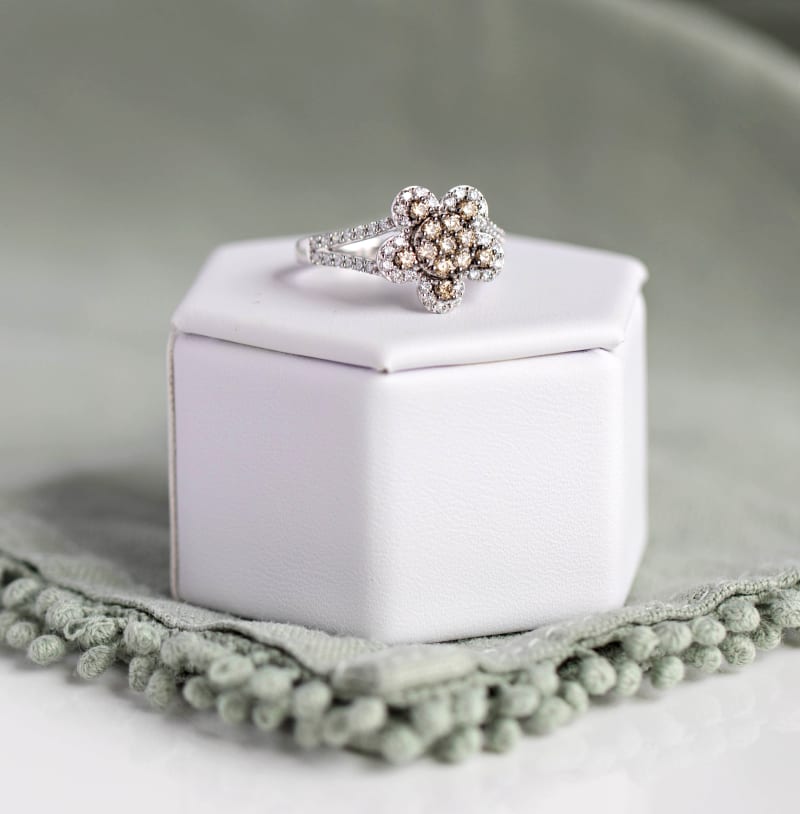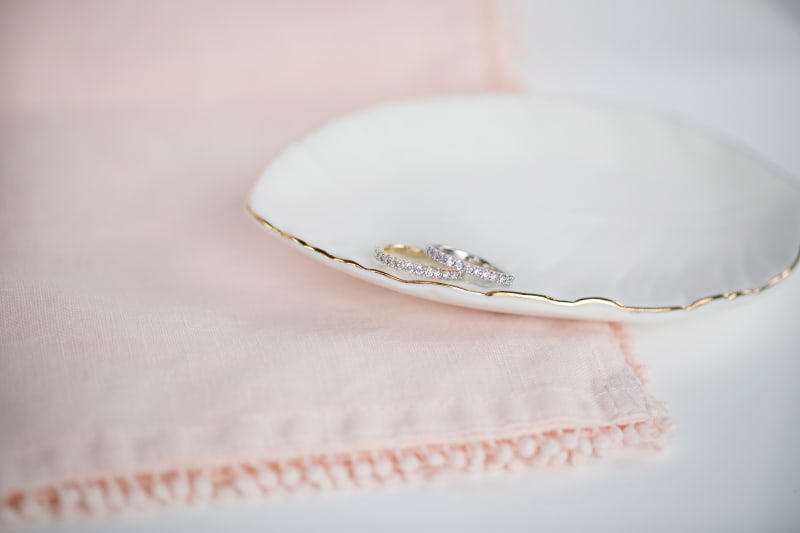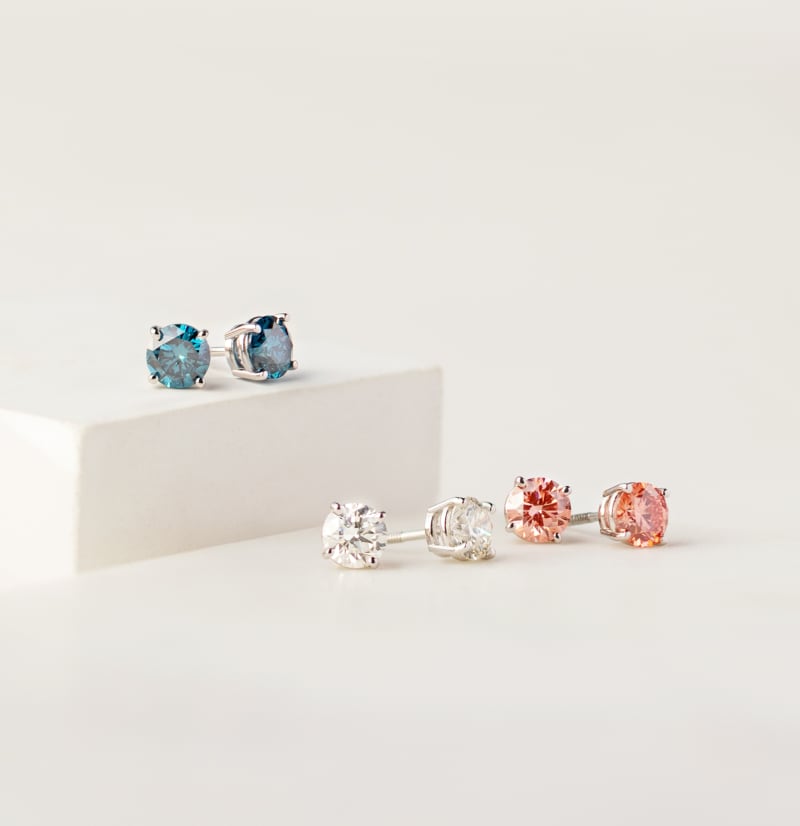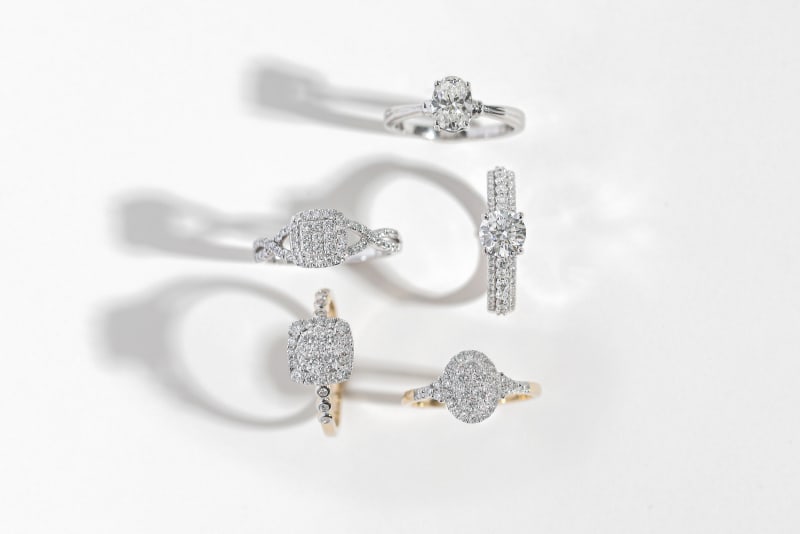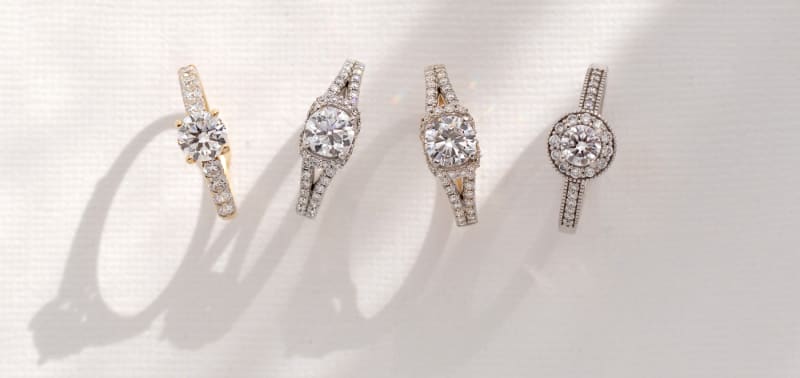Think of all the ways life has changed in the last 150 years. From medicine to machinery, advances in technology have impacted nearly every industry, helping people lead better lives by making the things we love more affordable. The gemstone world is no different. The explosion of treatments and methods for creating gemstones has made the possibility of owning fine gems and jewelry a reality for everyone. And lab-grown diamonds are no exception.
Lab-grown diamonds are becoming more and more popular in the gemstone and fine jewelry world. After all, diamonds are one of our most highly prized treasures. We value them for their hardness and durability, along with their sparkle and shine. However, there are many questions about the difference between lab-grown and mined diamonds.


